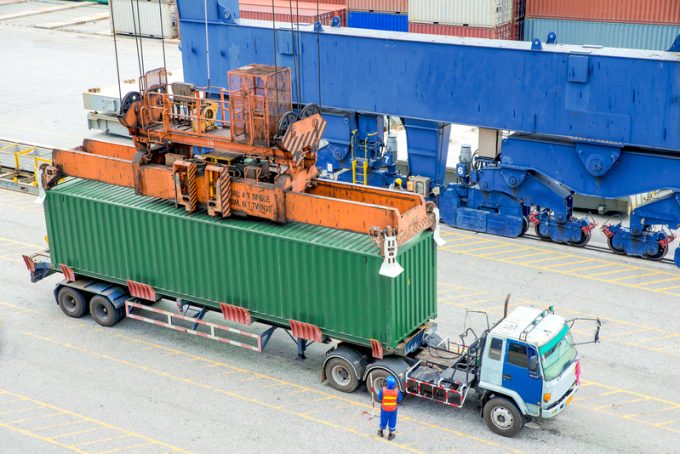Maersk splashes out on more chartered tonnage for Gemini
Maersk Line continues to pay top dollar to secure tonnage for the Gemini Cooperation’s intra-Asia ...

The shipowning and finance side of the container industry on the one hand, and the liner and logistics side on the other, operate generally in isolation.
There is different vocabulary, largely separate conference and events circuits and a contrasting set of concerns and metrics.
In normal times ...
CMA CGM South Korean staff strike over bonuses after bumper 2024 profit
MSC switches two more Asia-Europe port calls from congested Antwerp
CMA airline returns two freighters, while ANA takeover of NCA looms
Nightmare for Bangladeshi exporters as congestion and tariffs bite
Tradelanes: Export boom in Indian sub-continent triggers rise in airfreight rates
Carriers introduce surcharges as congestion builds at African ports
Ports and supply chain operators weigh in on funding for CPB
Front-loading frenzy has made traditional H2 peak season 'unlikely'

Comment on this article